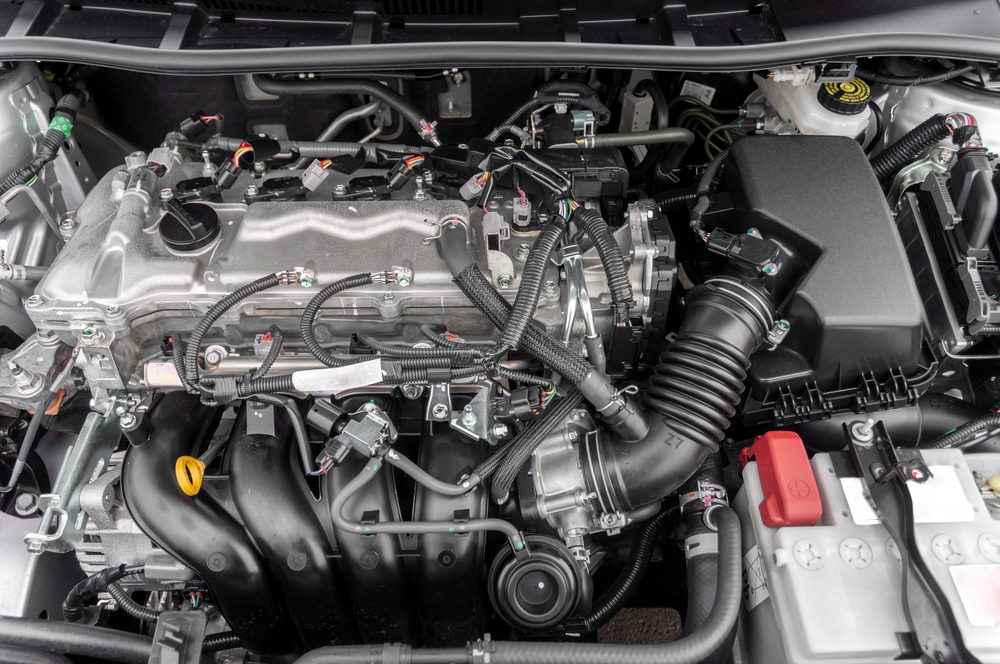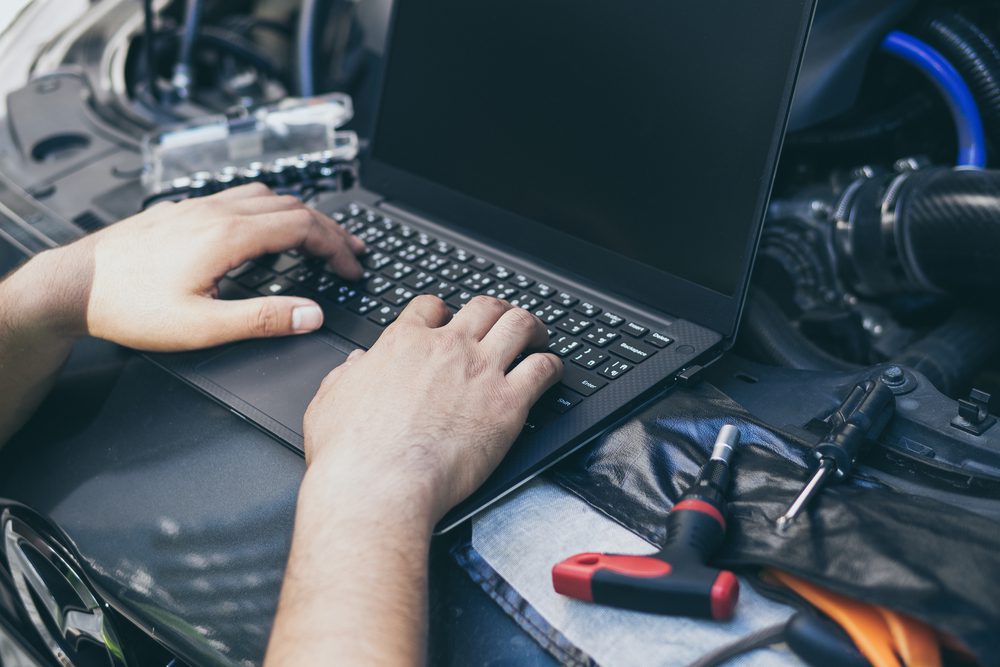How do I reset my car ECM?
The Engine Control Module (ECM), also known as the Engine Control Unit (ECU), is a crucial component in modern vehicles. It acts as the brain of the car, monitoring and controlling various aspects of the engine’s performance. Sometimes, however, the ECM may need to be reset to resolve certain issues or to optimize its functioning.
Why would you want to reset your car ECM?
There are several reasons why you might consider resetting your car’s ECM. One common reason is to clear any error codes stored in the module. These codes are generated when the ECM detects a problem with one of the vehicle’s systems, such as the emissions control system or the fuel injection system. By resetting the ECM, you can clear these codes and determine if the issue has been resolved.
Another reason to reset the ECM is to improve the overall performance of your vehicle. Over time, the ECM learns how you drive and adjusts various parameters accordingly. This adaptive process can sometimes lead to suboptimal settings, resulting in reduced performance or fuel efficiency. Resetting the ECM allows it to relearn your driving habits and recalibrate itself for better performance.
How to reset your car ECM
Resetting the car’s ECM is a relatively simple process, but it may vary depending on the make and model of your vehicle. Here are some general steps to follow:
- Start by turning off the engine and removing the key from the ignition.
- Locate the vehicle’s battery. It is usually found in the engine bay or trunk.
- Disconnect the negative terminal of the battery using a wrench or socket.
- Leave the battery disconnected for at least 15 minutes to allow the ECM to fully reset.
- After the waiting period, reconnect the negative terminal of the battery.
- Start the engine and let it idle for a few minutes to allow the ECM to relearn its settings.
It’s important to note that resetting the ECM will also reset any other electronic settings in your vehicle, such as radio presets or seat positions. So, be prepared to reconfigure these settings after the reset.
When to seek professional help
In most cases, resetting the car’s ECM can be done by following the steps mentioned above. However, there may be situations where it’s best to seek professional help. If you are unsure about the process or if you suspect a more serious underlying issue with your vehicle, it is recommended to consult a qualified mechanic or contact the manufacturer’s customer support for guidance.
Always refer to the vehicle’s owner’s manual for specific instructions on resetting the ECM, as different manufacturers may have different procedures.
Will disconnecting the battery reset the ECM?
The car’s Engine Control Module (ECM) is a crucial component responsible for managing various functions of the engine, including fuel injection, ignition timing, and emissions control. Sometimes, when encountering issues with the vehicle’s performance or encountering a fault code, it may be necessary to reset the ECM to clear any stored errors and restore the system to its default state.
Disconnecting the car battery can indeed reset the ECM in some cases. When you disconnect the battery, it removes the power source from the ECM, causing it to lose any stored data or codes. However, it is important to note that this method may not always be effective and may not reset the ECM completely.
Why might disconnecting the battery not be enough to reset the ECM?
- In modern cars, the ECM is often equipped with backup power sources such as capacitors or separate circuits to preserve critical information during battery disconnection.
- Some vehicles may have specific procedures or sequences that need to be followed to initiate a full ECM reset.
- If the root cause of the issue has not been addressed, the ECM may still retain the fault codes even after battery disconnection.
Resetting the ECM using battery disconnection:
If you decide to try resetting the ECM by disconnecting the car battery, here are the general steps to follow:
- Turn off the ignition and ensure all electrical accessories are turned off.
- Locate the car battery and determine the proper method for disconnecting it (refer to the vehicle’s manual).
- Disconnect the negative (-) terminal of the battery first, followed by the positive (+) terminal.
- Wait for approximately 15-30 minutes to allow any residual power in the system to dissipate.
- Reconnect the battery terminals, starting with the positive (+) terminal followed by the negative (-) terminal.
- Start the engine and let it idle for a few minutes to allow the ECM to relearn its settings.
It’s important to note that disconnecting the battery should be approached with caution as it can reset other vehicle systems and may require reprogramming of certain settings or components. If you are unsure or uncomfortable performing these steps yourself, it is recommended to consult a professional mechanic or refer to the car’s manual for specific instructions.
In some cases, conducting a full ECM reset using specialized diagnostic tools or software may be necessary to completely clear any stored fault codes and reestablish optimal performance. If the issue persists after attempting a battery disconnection reset, it is advisable to seek professional assistance to diagnose and resolve the problem.
Does a ECU have a reset?
The Engine Control Unit (ECU) in a car is responsible for managing various functions of the engine, such as fuel injection, throttle control, and ignition timing. Over time, the ECU may encounter issues or become unresponsive, leading car owners to wonder if there is a way to reset it.
The good news is that most ECUs do have a reset option. This reset process allows the ECU to clear any stored error codes, recalibrate certain parameters, and restart with default settings. However, it’s important to note that simply resetting the ECU may not always solve all problems. In some cases, a more in-depth diagnosis may be necessary.
Resetting the ECU
There are a few different methods to reset the ECU, depending on the make and model of your car. Here are a couple of common techniques:
- Disconnecting the battery: One way to reset the ECU is by disconnecting the car’s battery for a few minutes. This temporarily cuts off power to the ECU, forcing it to reset when power is restored. Make sure to consult your car’s manual or a professional before attempting this method, as disconnecting the battery can affect other systems.
- Using an OBD-II scanner: Another method involves using an On-Board Diagnostics (OBD-II) scanner. These scanners allow you to communicate with the ECU and access various functions. Through the scanner, you can choose to reset the ECU, clearing any stored data and returning it to factory settings.
It’s important to note that resetting the ECU will remove any saved data and personalized settings. This means that after the reset, you may have to drive your car for a while for the ECU to relearn certain parameters and adapt to your driving habits.
When to reset the ECU
Resetting the ECU can be beneficial in certain situations, such as:
- After performing repairs or maintenance on your car’s engine
- When experiencing performance issues, such as rough idling or poor acceleration
- When trying to diagnose a persistent problem
It’s always a good idea to consult your car’s manual or seek advice from a qualified mechanic before attempting to reset the ECU.
In conclusion, while most ECUs can be reset to clear stored data and restore default settings, it’s important to approach this process with caution. Resetting the ECU may not always be the solution to every issue, and seeking professional advice is always recommended.



